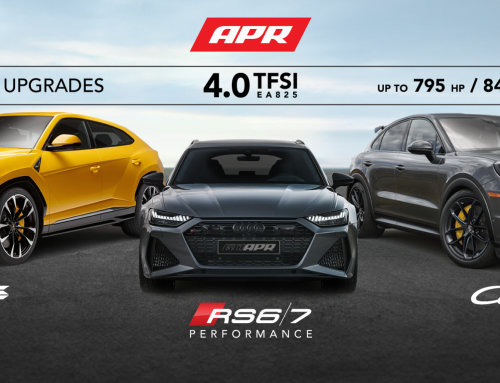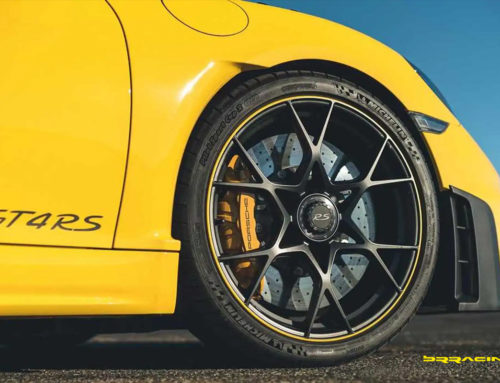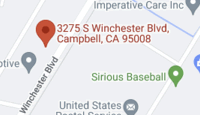As an independent service garage with many years of hands-on experience, we know what fails on Audis, BMWs, MINIs, Mercedes, Porsches ….and why. We feel that changing your fluids is one of the most important preventive maintenance routines. Yet, for many car owners, this seems to be one of the most neglected area of maintenance. Not so much with oil, but certainly for coolant, power steering fluid, brake fluid, and differential fluid. Thoroughly flushing your fluids at the proper intervals can help your car run well beyond 150,000 miles, plus keep it operating the way it was designed…..and with coolant, ensuring that a cooling system failure doesn’t occur, and strand you on the side of the road. See our other articles on brake fluid flushes as well.
Most car manufacturers recommends changing the newer generation ‘long life’ coolant every 2 to 4 years. For the cars we service here in California, we believe for cooling systems, every four years is the right interval.Why? The combination of chemical additives contained in coolant, responsible for retaining alkalinity and inhibiting corrosion within the engine’s cooling system, combined with our weather (hot and cold), over time become depleted. Similar to oil, coolant eventually breaks down, becomes weak, and “gets dirty or polluted.” For maximum corrosion protection and prolonged engine life, flushing coolant every 3 to 4 years (or about every 40,000-50,000 miles) is imperative. Thoroughly flushing your cars coolant is most convenient when done during water pump service or replacement (a likely case for BMW, MINIs, and Porsche, or timing belt replacement for the VWs and Audis)(Mercedes cooling systems seem to do better than the other manufacturers). But, hopefully you don’t need a cooling system repair every 3-4 years, and taking care of your coolant will help prolong the life of your cooling system.
In general, there are three main reasons why keeping these additives at the proper level and balance is beneficial to your cooling system. First, they reduce cavitation and foaming that may occur when your water pump is kicking out fluid at a rapid pace. This reduced foaming helps to prevent damage to aluminum surfaces. Secondly, the use of these additives aid in the transmission or transfer of heat from the coolant to the radiating surfaces within the radiator. Even if your car runs very cool, these additives add a extra level of protection in case a thermostat or similar component starts to fail. Thirdly, the additives contain corrosion inhibitors. Most cars on the road have cooling systems that do not contain the ideal 50/50 water / antifreeze ratio that the antifreeze manufacturers design for. The additives help to minimize potential corrosion by maintaining adequate pH levels. Even if your antifreeze already contains surfactant additives, the use of these additional additives is typically beneficial because most cars are shortchanged on the 50/50 coolant/water mix.
Use ONLY the proper coolant for your car. For VW and Audi, Audi Vw G11, or G12 or now G12+ approved anti-phosphate, anti-amine, anti-phosphorous coolant. There is an easy way to tell the right coolant for each European car. BMW and MINI use BLUE colored coolant. VW and Audi use a purple colored coolant. Porsche uses a pink colored coolant. Mercedes uses an orange colored coolant. Do NOT use regular store bought coolant, which typically contains ethylene glycol and doesn’t correspond with the specifications of the European cars cooling system. The specification or type of coolant required for a particular model can be found stamped on the expansion tank (e.g. G11 or G12, G12+, or G12++) as well as in the owner’s manual under the coolant section. It’s also good to note the color of your coolant (e.g. pink or blue).
What happens if you don’t use correct approved coolant?
And, does it really matter?? We can certainly say YES. We just had a BMW in the shop, and the owner had his cooling system refreshed by another shop 3 years ago. However, they did not use the right coolant, and now the car came to us to be serviced, and we had multiple cooling system leaks. Not from the failure of the normal parts (radiator, water pump, or thermostat)….but all the gaskets and hoses. The store bought, generic, GREEN antifreeze (like PEAK or PRESTONE) had deteriorated the gaskets and sealing surfaces, and leaks were occurring on all these areas. We had to replace most of what had been done before (new radiator, water pump, hoses, thermostat, again, as the build up of corrosion on these items was significant as well, plus other parts). Inferior coolant has an adverse reaction within the European cars cooling system (this is also true w the Asian cars as well, not just European). Poor quality coolant contaminates the system and eats away at metal, rubber, and plastic components. Obvious external indicators are bulging coolant hoses and white calcified residue oozing from coolant hose clamp mating areas. Not so obvious is lime and scale deposits that begin to build-up in the radiator core, restricting coolant flow and causing the engine to run hotter (especially in summer and warmer climates). All of this eventually causes serious engine problems (i.e. water pump failure). If your coolant is green or brown in color, thoroughly flush your cooling system immediately! You’ll notice similar warnings in your owner’s manual under the coolant section.
You can get all the right coolants for your model European car (BMW, MINI, Audi, Mercedes, or Porsche) from BRracing or direct from our online store (which should have the best prices in all of North America). Cooling systems are what we call a “closed loop” system, and should NOT need to be topped up or added to on a regular basis. If you are needing to do that, that is the first sign that you likely have a cooling system leak. Get your car checked out right away.
The NET….don’t neglect your cooling system, get it flushed every 3 – 4 years, and use the RIGHT type of coolant.






Leave A Comment
You must be logged in to post a comment.